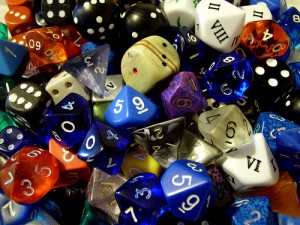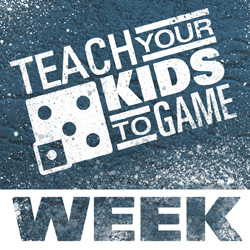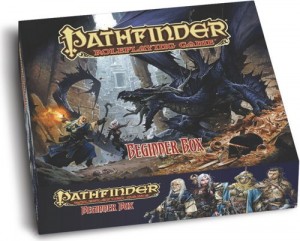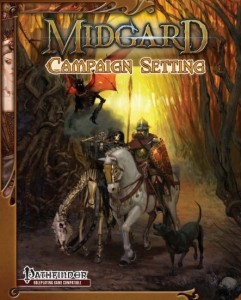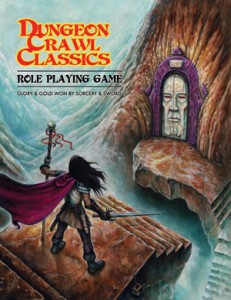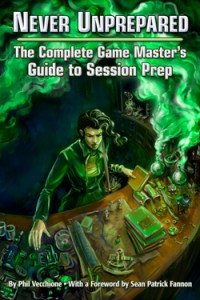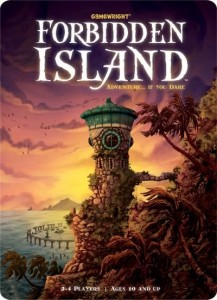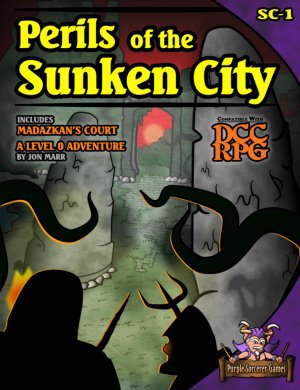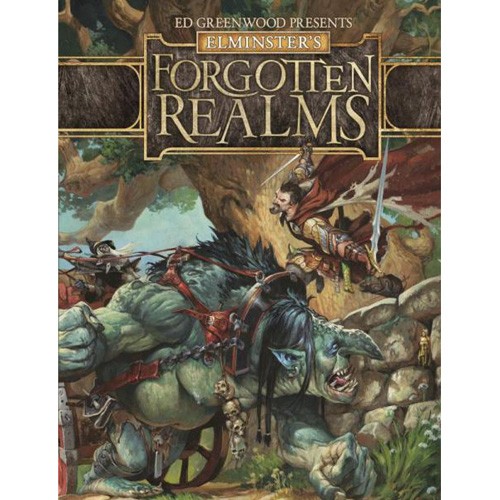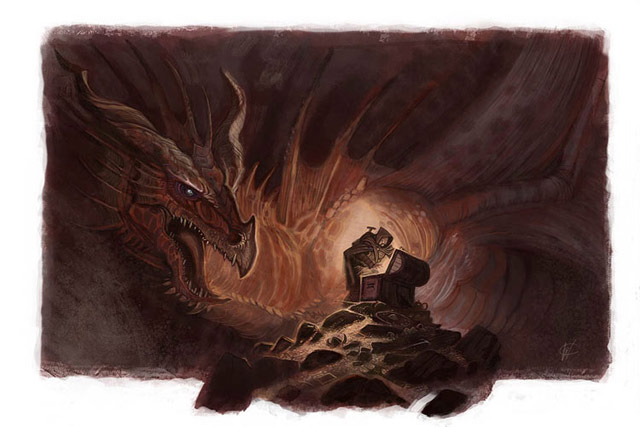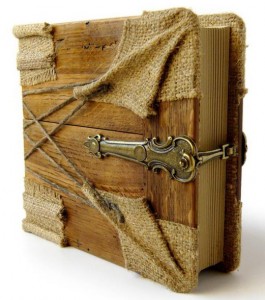 What follows is a write-up I did a couple of months ago on Grimoires. It is time it saw the light of day!
What follows is a write-up I did a couple of months ago on Grimoires. It is time it saw the light of day!
About the Grimoire
Wonderful opportunities are often lost when characters find a grimoire of a vanquished wizard or left long forgotten in a subterranean tomb. All too often the Judge simply says “you find his grimoire, it has, uh… a red cover and some pages in it. It is sort of thick… and smells old.” He then rattles off a list of spells it has or maybe makes the character spend some time and resources to read the magic within before rattling off the spells within.
Grimoires have a myriad of appearances and they have history. Who used to labor over this book? Who made the notes and diagrams within? Who eventually created this book after long hours and days of research that finally resulted in a usable spell?
The grimoires detailed below are a tool for the Judge to use when he needs to drop in a found grimoire. The books have names, sizes and enough description to make them different from each other. Each grimoire also has a short history with it, sometimes with the name of the previous owner and others with a vague look at its history. Finally each grimoire has a list of spells it contains, each from the DCC RPG rulebook.
These are tools. The judge is free to modify as they see fit. Too many spells in the book or ones you do not like? Replace with what you feel is more appropriate or perhaps more of the pages are damaged than I thought, rendering some of the spells unusable. The history portions should fit in with a multitude of campaigns, but freely adjust to something more appropriate for your campaign or use the details here to start off a new quest. Use these tools in their entirety or modify as needed to fit your campaign.
The Grimoires
Manual de Rattus
Dimensions: 9″x12″x1.5″
Weight: 3lbs
Description: Fine fur of a rat, dusty brown with flecks of white, cover this grimoire on the front and back cover. A cured rat’s tail acts as a leather thong to clasp the book closed, wrapped around a small brass post on both the front and rear cover.
The pages within the tome are thin sheets of leather, the writings of magic scrawled across the vellum-like sheets. The contents appear to be a mix of half-finished formulas and diagrams amongst what certainly appear to be complete spells. The majority of spells appear intact, though some damaged and torn pages litter the book.
History: Master Endgellan, a naïve wizard who sought the power of the rat-men from ancient times, previously owned this grimoire. Master Endgellan long-sought the location as proof of this ancient races existence and finally recovered it from the long lost burrows far beneath the Old City. Within months of discovery Master Endgellan succumbed to disease before unlocking the secrets of this tome.
Spell List: Level 1: Animal Summoning, Spider Climb, Ward Portal Level 2: Monster Summoning, Strength Level 3: Haste
Grimoire of the Void
Dimensions: 6″x9″x1″
Weight: 1lb
Description: The cover of this grimoire is composed of a fine-grained soft leather, blacker than the black between the stars. The cover of this pitch-black grimoire appears to absorb the light of an illuminated room, casting it into shadowy light regardless of light source.
The pages within the grimoire are also black. The legible writings are a cross between white and silver in color easily viewable even in darkness. There appear to be several complete spells amidst the partial work of the book. A large amount of the notes in the grimoire appear to be diagrams of the stars at various points of the year. Several constellations depicted in the tome do not exist in the present day sky.
History: Few have been able to retain ownership of this tome for more than a year or two. Finders are frequently puzzled by this grimoire for its innate ability of the book to seemingly absorb light. Upon further study over time the owners of this tome are driven to madness and frequently choose to abandon this grimoire of their own accord before unlocking its secrets.
Spell List: Level 1: Chill Touch, Force Manipulation, Patron Bond Level 2: Detect Invisible, Phantasm, Scorching Ray Level 3: Dispel Magic, Planar Summoning Level 4: Wizard Sense
Ironbound
Dimensions: 1.5’x2’x4″
Weight: 15lbs
Description: This massive grimoire is immense in size and weight for a wizard’s tome. Thick iron bands edge the corners of this red leather grimoire and two thick clasps with locks keep the tome shut (Pick Lock DC 18). The iron bands have bizarre etchings in them, a series of intricate patterns and symbols.
The pages have rust-red gilded edges and the paper appears woven with thin strands of metal that glint under any source of light. The words of the spells are written with great care, extremely neat and legible.
History: Arcane master Tzekien Carlastra had a deep interest in the manipulation of the elements. His studies were meticulous in nature and he always sought to retain control of his magic and not fall whim to the powers that he called upon. Tzekien managed this delicate balance between knowledge acquisition and self-control for many long years. His career was ended when an elaborate heist was planned in a raid on his laboratory that resulted in his untimely violent death and the disappearance of his primary grimoire.
Spell List: Level 1: Ekim’s Mysical Mask, Flaming Hands, Read Magic, Magic Missile Level 2: Fire Resistance, Scorching Ray, Shatter, Phantasm Level 3: Fireball, Gust of Wind, Lightning Bolt Level 4: Control fire, Transmute Earth Level 5: Magic Bulwark
The Black Flower
Dimensions: 7″x7″x1″
Weight: 1.5lbs
Description: A black lotus upon a white background decorates the cover of this square grimoire. The cover of the tome is soft like the petal of a flower, though not nearly as fragile. An almost sweet, though stale, smell rises from the open pages of the grimoire.
The grimoire’s pages are surprisingly thin and quite fragile in appearance, though only in appearance, as the pages are quite resistant to tearing. The stale, sweet smell is quite strong near the pages themselves. The pages are full of writing all the way to the edges. The ink used is slightly raised and black as pitch on the white pages.
History: This grimoire was lost to the Cult of the Black Lotus decades ago. Previously having belonged to one of their high arcanists, the grimoire disappeared shortly after his assassination from within the cult. The tome never surfaced after the assassination and its disappearance a mystery to those of the Cult of the Black Lotus.
Spell List: Level 1: Feather Fall, Mending, Ropework, Sleep, Color Spray, Chill Touch Level 2: Levitate, Locate Object, Spider Web, Wizard Staff Level 3: Demon Summoning, Lightning Bolt, Slow Level 4: Control Ice
Grimoire of the Root
Dimensions: 9″x12″x2″
Weight: 4lbs
Description: This bark covered grimoire emanates a distinct cedar smell. The grimoire is quite rough to the touch and has several thin vine-like tethers keeping the tome shut. Of a manageable size the heft of this volume seems added to by the thick bark cover of the grimoire.
The pages inside are quite rigid with very little give. They feel more like smooth balsa wood than paper. The words scrawled across the pages are carved into the pages as opposed to written upon the pages.
History: The grimoire formerly belonged to a neophyte follower of the world root. The tome became ownerless due to an unfortunate accident to neophyte follower involving sudden flames and destruction of the follower’s laboratory. The grimoire found its home with another world root follower, but was eventually misplaced becoming lost for several years.
Spell List: Level 1: Charm Person, Comprehend Languages, Magic Missile, Mending

